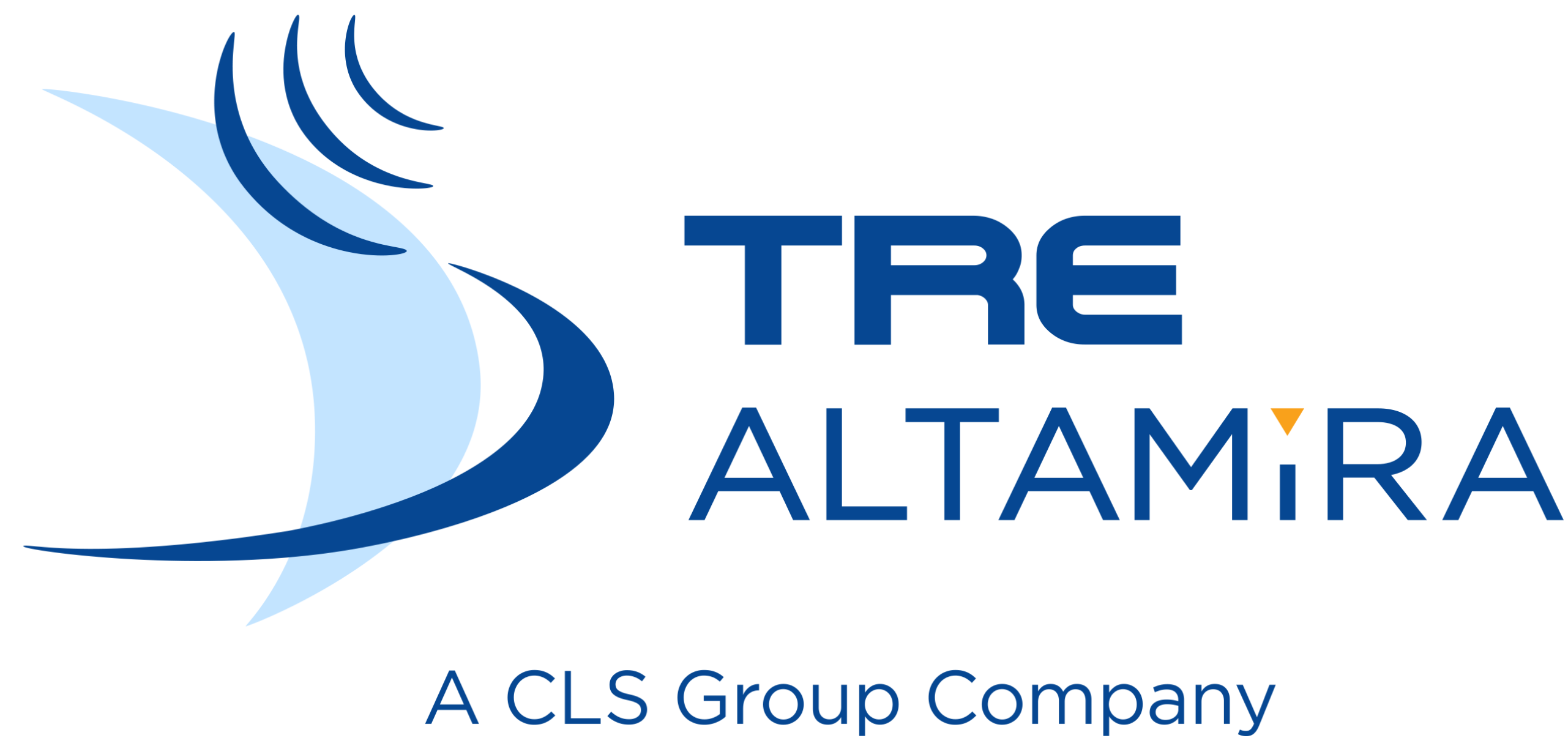Amira Global is celebrating its Members, new and old. Today we shine the spotlight on TRE Altamira, speaking with Canadian based CEO Adrian Bohane.
Q1. What would you like the Amira community to know about your business?
With 20+ years’ experience, TRE Altamira is the most experienced operator in the world of satellite InSAR technology. We provide displacement measurements and mapping solutions that are largely used to mitigate risk, optimise operations and plan future activities at many mine sites worldwide, under contracts with many mining companies including several Amira members. TRE Altamira’s brand for its InSAR solutions is known as SqueeSAR®
Q2. What is the problem that, if solved, would make the biggest difference in our industry?
Implementing a risk management and mitigation program, including the prediction of the time of failure of slope instabilities and tactical monitoring of surface deformation, is a necessary way to ensure safe and profitable mining operations. InSAR has recently joined the portfolio of trusted monitoring solutions thanks to its capability of providing very fast response products for Tailings management as well as extending the monitoring scale to the entire mine site. We offer a synoptic view of deformation trends, including magnitude, over entire sites as well as single mine asset (pit, TSF, waste dumps and piles) analyses. Deformation is detected without the need for ground instrumentation at every new satellite acquisition. InSAR is excellent to monitor over slopes and surfaces where Health & Safety concerns also limit access for conventional surveying techniques. As satellite imagery is acquired steadily, multi-temporal back analysis of long data stacks to provide millimetre scale displacement is a common practice to understand subtle acceleration patterns and small – scale phenomena. SqueeSAR® extends the capacity of satellite InSAR to provide dense point cloud measurements with time series of displacement. SqueeSAR® is highly sensitive to very slow deformations (up to mm per year) and is an effective tool to measure displacement affecting waste piles and tailings dams, using time series analysis to identify acceleration patterns.
Q3. What do you think are the greatest challenges to successful collaboration and how can they be overcome?
Monitoring is a process involving many different people, with different skills, education and expertise. High levels of safety in mining operations can be reached only if we can help people work together, providing the right tools and timely information. Apart from the identification of the most suitable data sources, geotechnical teams need easy-to-use visualization and analysis platforms, where they can run data screening procedures, integrate in-situ observations with remote sensing data and other information layers. TRE Altamira data can be seamlessly imported into the main monitoring platforms used by the mining industry. Alternatively, TREmaps® is our web platform that can be used to visualize and interrogate InSAR data. A synergistic approach, where satellite data are effectively integrated with other information sources, is the way to go for improving the level of safety by designing effective early warning systems.
Q4. Innovation has its origins in addressing challenges or leveraging R&D – what are your success stories?
Innovation has been in our DNA since the beginning of our history, first as a spin-off company of Politecnico di Milano University and then as part of an international remote sensing group. Over the last two decades, we have invested heavily in the development of new algorithms for the processing of satellite radar data, offering our clients innovative, effective and easy-to-use solutions for monitoring many different assets from space. We have been the first company offering second-generation InSAR services, based on PSInSAR and the first to develop a cloud-based visualization platform specifically designed for multi-temporal InSAR data. Lately, we have developed a new concept for providing our clients with radar displacement time series over TSF based on high-resolution SAR sensors, constantly updating the information as soon as a new satellite acquisition becomes available.
Q5. From whom do you drawn your greatest inspiration?
For sure, if we look at the history of GPS, we see a technology that started as a sophisticated satellite system for military applications which eventually became a must-have technology in our every-day life. We are convinced InSAR will follow a similar path

